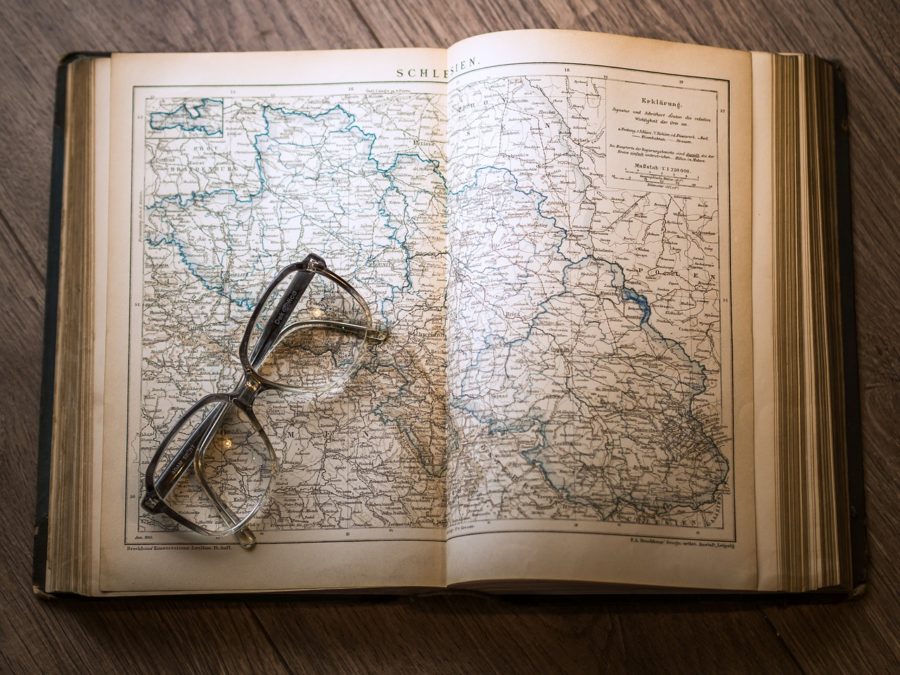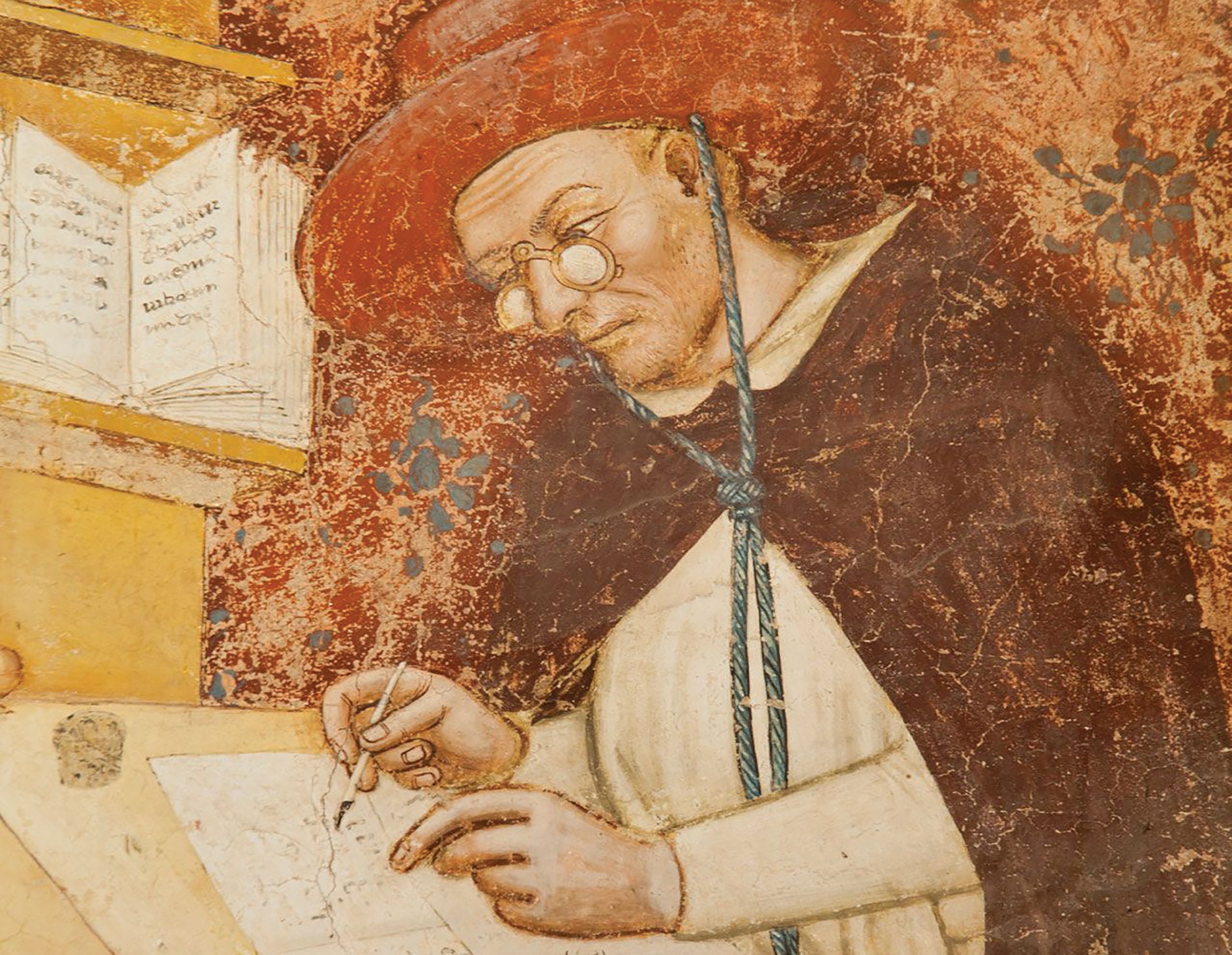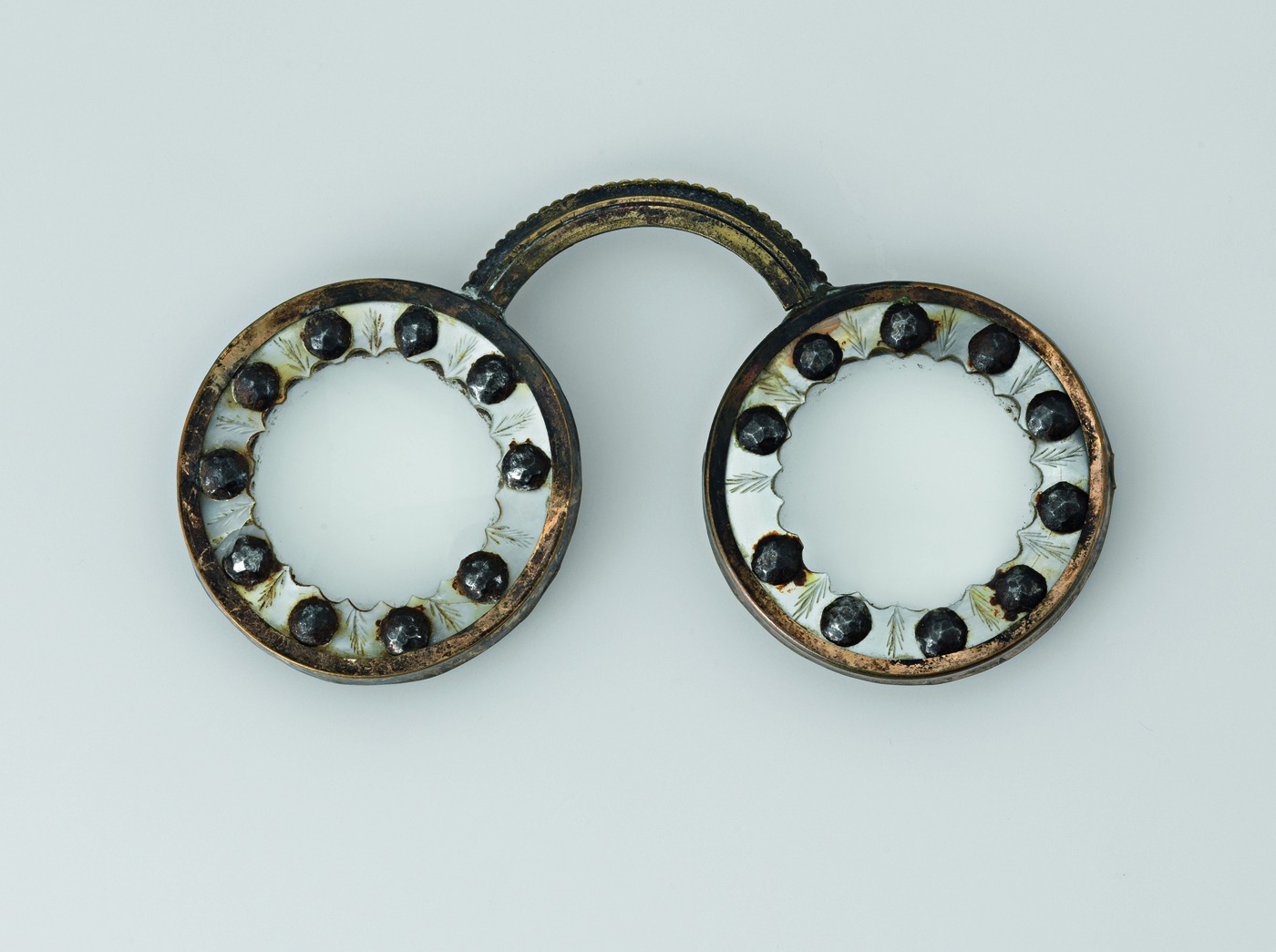
It is for a fact that history travels across time and space. But even though we often speak of humans’ collective experience in timelines and artifacts, seldom do we recount our most treasured backstories through a geographical perspective. In this topographical retelling of the origin of eyewear, we will journey across vast oceans and territories to trail down the birth – and migration – of eyeglasses.
Offshore Oriental Soil

One may prove that the eyeglasses are a pair of certified global-trotters. Although, before we take this point offshore, we must not overlook the Chinese judges from the 12th-century who said to have worn a type of “sunglasses” made from smoky quartz crystals. These glasses were held in front of their faces for interrogation purposes, that is, to hide their expressions from the witnesses during court proceedings.
An intriguing piece of information had also pointed to Marco Polo’s supposed accounts of elderly Chinese wearing eyeglasses. All of these were discredited by prominent scholars who study his notebooks. Some sources claim, however, that the Zhongtong Town, Yujiang Yingtan, which is well known as the “hometown of glasses”, was home to glasses workshops and commercial organizations as early as the Qing Dynasty, Jiaqing Period.
Glasses Meet Globe
Many sources speculate that Italy, in the late 13th century, signaled the humble journey of the spectacles. According to a manuscript from 1305 AD, a sermon from a Dominican friar from Pisa, named Giordano da Rivalto, appeared saying: “It is not yet 20 years since there was discovered the art of making spectacles.”
Indeed, taking a couple of steps back to the 1300 AD, a group of artisans (cristalleri or glassmakers) from Murano, a small island to the north of Venice, marched an extra mile to pioneer the manufacture of glass. At this point in time, the whole world looked up to Italy as the market leader in the production of white glass used as visual aids. In 1301, the artisans were finally allowed to create “vitreos to oculis ad legendum“ (glass lenses for reading) under the sanction of the Giustizieri Vecchi, the superintendents of Venetian Arts.
And, voila! The first eyeglasses sprang up to existence. The materials of this pair of rivet glasses were made of round biconvex lenses and each was held in a wooden ring with a shaft and connected with a rivet. The pair was used by holding it in front of the eyes.
Eyewear Here, There and Everywhere

Treading this route, in the sixteenth century, the trade of glasses spread across Europe. From Italy, this new invention was introduced to other countries, namely Belgium, Netherlands, Luxembourg, Germany, Spain, France, and England.
As a result of these intersections, spectacle manufacturing businesses emerged in many parts of the globe. It is worth noting that some of the first spectacle frames were even made from leather and wood.
Over time, the rivet glasses leapt over countries and cultures, unstoppable in its track. One of the oldest artifacts of the rivet glasses was discovered in Wienhausen Abbey in the northern part of Germany. In another corner of the world, considered a groundbreaking creation during this period were the concave lenses crafted for the nearsighted, Pope Leo X.
Meanwhile, Spanish eyeglass manufacturers innovated with their product and attached silk ribbons to the lenses. These ribbons were then looped on the wearer’s ears. It is only when the Spanish and Italian missionaries brought the glasses to China that the practice of looping ribbons to the ears was dropped by the Chinese. Instead, little weights were tied to the ribbons to keep them in place.
Similarly, as the years passed by, the shaft of the rivet glasses was replaced with an arch, and the wooden frames with lead, marking the inception of glasses with temples. It was the dawning of the 18th century coinciding with the arrival of the close relative to the pair of glasses that stares back at us as we look in the mirror today.
Journey to Newfound Lands

Treading on the streets of London, the first models of the “ear glasses” or “temple glasses” emerged. Interestingly, these descendants of the rivet glasses featured a nose bridge and temples for holding the glasses in place by the ear. A metal ring was often attached to the end of the temples for comfort. In 1728, the ear glasses appeared in a promotional brochure from the English optician Scarlett.
Fast forward between 1727 and 1730, one could find a reason to celebrate because, all hail to the British optician, Edward Scarlett, he was the first guy to perfect the “temple glasses“, which were described as “equipped with rigid side-arms pressing on the temples ending in large loops”.
Then, circuiting the opposite path, the United States of America, manufacturers, and consumers alike were passionate about improving the glasses. One such gem was the creation of the bifocal lenses back in 1784, widely believed to be devised by none other than Benjamin Franklin.
Regardless of the veracity of this claim, however, the bifocal lenses are still being labeled as the “Franklin glasses” to date and it can be considered the precursor to the varifocal lenses that exist in our era.
A Passage to the Future
The eyeglasses of our modern world are a bonafide testament to the industry’s endurance as it stood the tests not merely of time, but also of its many crossroads heading towards progress. From the glassmakers of Italy to the manufacturers of the USA, the industry will continue to etch cartography of innovative vision aids worldwide. But we are reminiscing, as we do now, the stopovers of its distant past once in a while.

